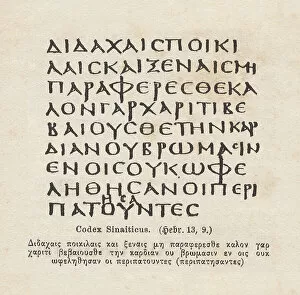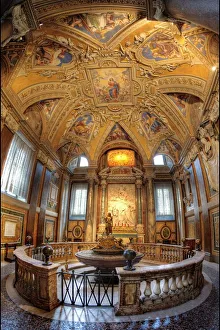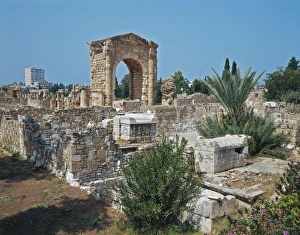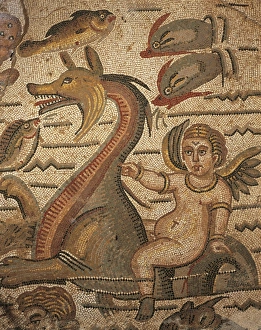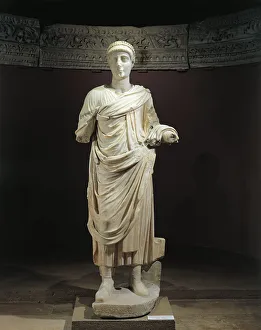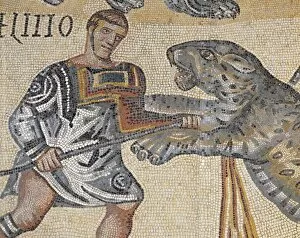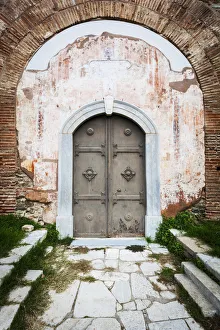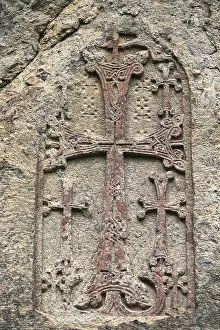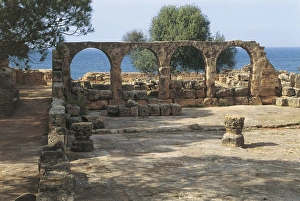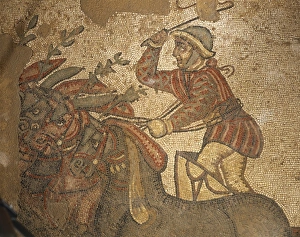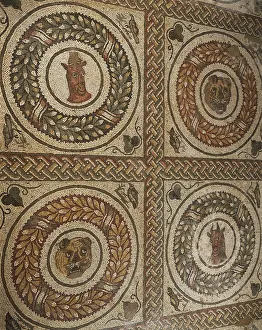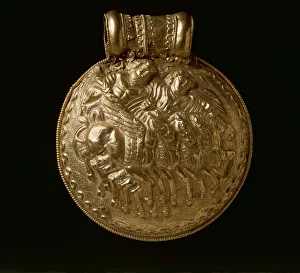Circa 4th Century Collection
Step back in time to the circa 4th century, a period filled with fascinating artifacts and historical wonders
All Professionally Made to Order for Quick Shipping
Step back in time to the circa 4th century, a period filled with fascinating artifacts and historical wonders. One such treasure is the Codex Sinaiticus, a Bible manuscript that dates back to this era. This remarkable piece, published in 1882 as a facsimile, offers us an invaluable glimpse into ancient religious texts. As we explore further, we encounter a magnificent marble statue of Emperor Julian the Apostate. Adorned in a Greek philosopher's toga and wearing a pagan priest crown, he stands as an embodiment of the diverse influences that shaped this era. Moving on, we come across an intricately carved marble sarcophagus depicting scenes from the Prometheus myth. The detailed reliefs transport us to ancient times when these stories held great significance for society. Continuing our journey through history, we discover another captivating fragment of sarcophagus artistry. This particular piece showcases a moneychanger from Rome's Viale del Re – offering insight into commerce during this period. Our exploration takes us deeper into mythology once again with yet another stunning relief on a marble sarcophagus. Here we witness Roman women engaged in various activities - their graceful figures frozen in time for eternity. Amidst all these marvels lies Santa Maria Maggiore's Baptistery in Rome – an architectural gem that has stood tall since the fourth century. Its grandeur serves as a testament to both religious devotion and artistic prowess of its time. To complete our journey through this remarkable epoch, let us not forget Mucius Scaevola - his legendary bravery immortalized through illustrations found throughout early fourth-century Rome. These depictions remind us of heroic tales passed down through generations. Last but not least is the illustration showcasing the Arch of Janus - an iconic structure that symbolizes peace and prosperity during this era. Its presence serves as evidence of Rome's power and influence over vast territories. The circa 4th century was a time of immense cultural, religious, and artistic significance.

